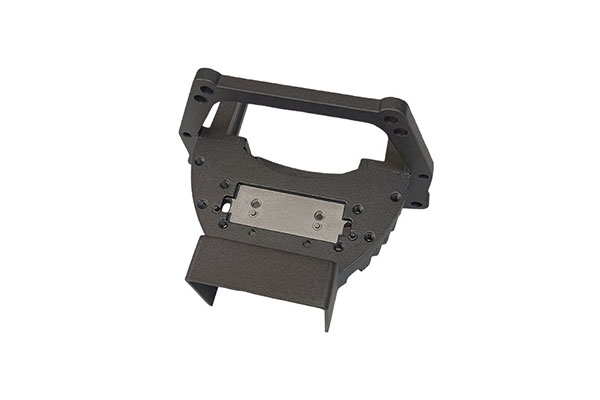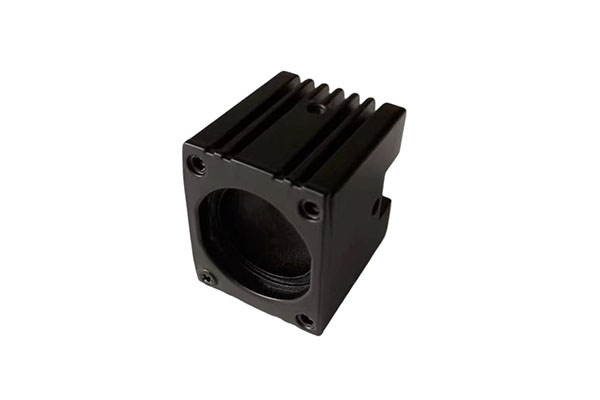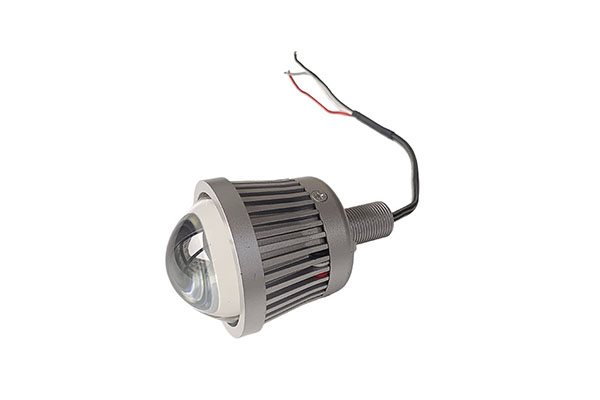How does the car alarm vibration sensor sensitivity threshold balance false positives and false negatives?
Release Time : 2025-09-29
The car alarm's vibration sensor sensitivity threshold is a key parameter that determines its anti-theft effectiveness and user experience. Excessively high sensitivity can easily lead to false alarms, such as from wind, bumpy roads, or vibrations from passing vehicles. Excessively low sensitivity can lead to false alarms, preventing minor theft attempts like prying or cutting from triggering the alarm. Therefore, comprehensive adjustments are necessary to address five key aspects: sensor characteristics, environmental interference, installation techniques, user habits, and device maintenance, to achieve a dynamic balance between false alarms and false alarms.
The vibration sensor operates by sensing the frequency and intensity of vehicle body vibrations. Common piezoelectric sensors generate electrical signals through crystal deformation, and their sensitivity threshold directly determines the critical point at which the signal triggers. If the threshold is set too low, the sensor will overreact to minor vibrations, resulting in false alarms. If the threshold is set too high, it may overlook persistent but minor acts of vandalism. For example, some vehicle models offer customizable thresholds for vibration sensors via a mobile app. Users can select different sensitivity levels based on the parking environment, minimizing false alarms while ensuring timely response to malicious attempts like device tampering.
Environmental interference is a key factor influencing the sensitivity balance. Vehicles parked along urban roads are susceptible to the effects of heavy vehicles passing by, construction noise, and pedestrian contact. If the sensor threshold is too low, frequent false alarms will reduce user confidence in the alerts. Conversely, in remote or less secure areas, an excessively high threshold may cause theft to go undetected. Therefore, users should dynamically adjust the threshold based on the parking scenario: in less secure areas, the sensitivity can be appropriately increased to cover minor acts of vandalism; in stable environments, a medium threshold should be selected to reduce false alarms caused by environmental interference.
The impact of installation techniques on sensor performance cannot be ignored. Sensors should be mounted away from high-frequency vibration sources, such as near the engine or exhaust pipe area. Otherwise, continuous vibration will reduce the sensor's ability to detect abnormal signals. Furthermore, the mounting angle should be aligned with the vehicle body structure to ensure an unobstructed vibration transmission path. For example, securing the sensor to the frame rail can reduce signal distortion caused by body twisting. Furthermore, loose solder joints, loose wiring, or inadequate shielding can cause false alarms, requiring strict construction standards to ensure device stability.
User habits and operating methods directly influence the appropriateness of sensitivity settings. Some users, seeking absolute safety, set the threshold to the highest setting, resulting in the alarm not being triggered promptly when theft occurs. Others, due to frequent false alarms, disable the car alarm completely, completely losing its protective function. The correct approach is to adjust the threshold based on vehicle usage frequency: for vehicles parked for extended periods, the sensitivity can be increased appropriately to cover potential risks; for daily commuting, a moderate threshold should be selected to balance theft prevention with convenience. Furthermore, users should regularly test the car alarm function by tapping the vehicle or simulating prying to verify that the threshold is appropriate.
Device maintenance and upgrades are key to ensuring long-term sensitivity. Sensor aging, low battery, or software glitches can cause threshold drift, leading to false or missed alarms. For example, when the battery charge is below 30%, sensor signal transmission may be delayed, preventing the alarm from being triggered promptly. Therefore, users should regularly check the device status, replace aging components, and upgrade the firmware to optimize the signal processing algorithm. Some smart car alarms support remote threshold adjustment via a mobile app, allowing users to dynamically optimize settings based on real-time environmental changes.
Balancing the sensitivity threshold of a vibration sensor requires a balance between technical principles and practical scenarios. By understanding the sensor's operating mechanism, analyzing environmental interference factors, standardizing installation techniques, adjusting user operating habits, and regularly maintaining the equipment, we can achieve an optimal solution for both false alarms and missed alarms. This process requires not only a deep understanding of the car alarm function but also dynamic adaptation based on specific usage scenarios to provide reliable vehicle safety.







